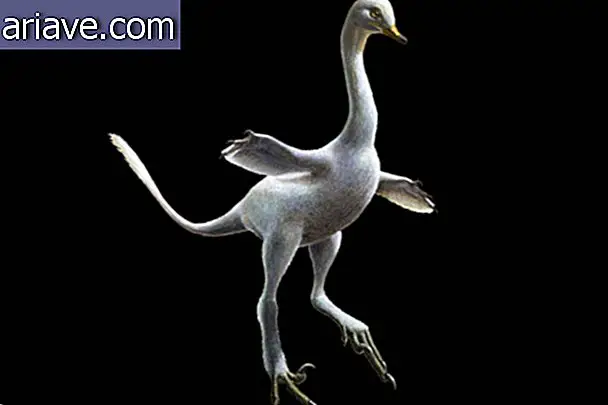Brazilian team discovers asteroid with 'saturn rings'
By Herton Escobar
São Paulo (AE) - It is rounded, revolves around the sun and has well defined rings of dust and ice around it. But it is not Saturn. Neither do any of the other giant planets: Jupiter, Uranus, and Neptune - which also have rings, though far less apparent. He is Chariklo, a 250-kilometer-diameter asteroid that orbits the sun between Saturn and Uranus, and yesterday became the fifth ringed object - and the first "no planet" - known in the solar system.
The discovery was made by an international group of researchers, led by Brazilians linked to the National Observatory (ON) in Rio de Janeiro, and other institutions. “It was a big surprise. We didn't realize there could be rings around such small objects in the solar system, ”said astronomer Felipe Braga Ribas, a postdoctoral fellow at ON and first author of the scientific paper describing the discovery, published in the journal Nature.
Surprising, literally, that's not what the researchers were looking for when they pointed their telescopes at Chariklo on the night of June 13, 2013. The intention was to take advantage of a “concealment” event, when Chariklo would pass right in front of a bright star, to more accurately measure the diameter and other characteristics of the asteroid. They achieved this, and more: in addition to the expected main eclipse, they observed two other quick conceals of the star's glow, about 10 seconds before and after the stone passed in front of it. It was the rings.

More detailed analysis showed that they were two: an inner and denser ring, 6.6 km wide; and another, more external and much less dense, 3.4 km wide; both posted about 400 km from the center of the asteroid. Among them, there is a perfectly framed “empty ring”, 8.7 km wide. “These rings are similar to Saturn's, very bright. It would be very easy to see them if we were close, ”compares Braga Ribas. Like those on the giant planet, a large portion (40%) of Chariklo's rings are made of ice particles. According to the researcher, it is likely that other small objects in the solar system also have rings. "It would be very lucky that we detected the only ring system at the first concealment, " he said. Thirteen telescopes in 4 countries were used for observation.
Planetoid.
In another paper published in the journal Nature, scientists in the United States announced the discovery of another large object (450 km in diameter) in the icy outskirts of the solar system - at a limit greater than 50 times the distance between the sun and the earth, in addition to the so-called Kuiper Belt, which includes Pluto. Registered as 2012 VP, it is only the 2nd planetoid found in this region.
Via InAbstract











